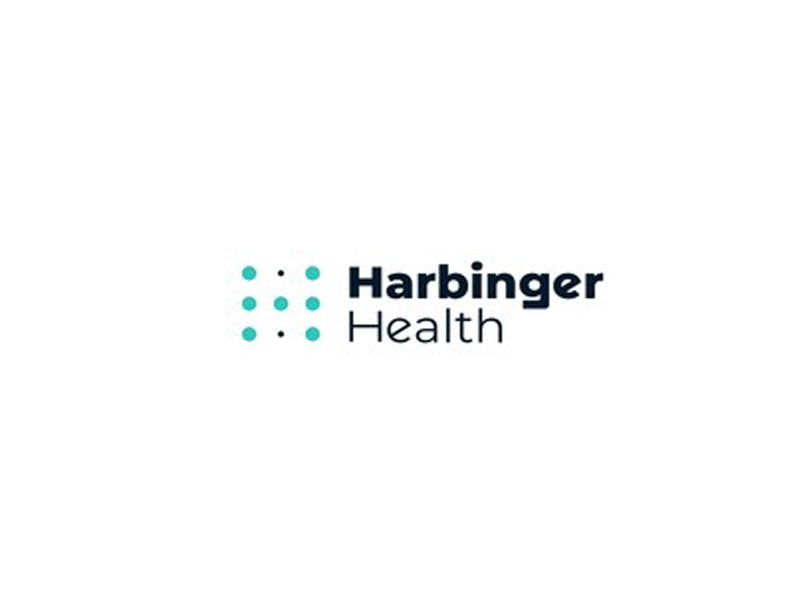Harbinger Health, a biotechnology company pioneering new technologies to fundamentally change cancer screening and detection, has officially announced the launch of three abstracts that showcase multiple product innovations within its platform for blood-based early cancer detection.
According to certain reports, two of the given abstracts were presented at the American Association for Cancer Research (AACR) Special Conference in Cancer Research: Liquid Biopsy: From Discovery to Clinical Implementation in San Diego, California, on November 13-16, 2024. Upon presentation, their data demonstrated significant advances in the ability of Harbinger’s blood-based cancer detection technology. These advances referred to detecting low levels of circulating tumor DNA (ctDNA) in early-stage disease, potentially enabling more cost-effective and broadly accessible early cancer screening.
Beyond that, the remaining one abstract will be presented at the Association for Molecular Pathology (AMP) 2024 Annual Meeting in Vancouver, British Columbia, Canada, scheduled to take place on November 19-23, 2024. Here, the data will highlight capabilities of Harbinger’s proprietary biomarkers in regards to indentifying advanced adenomas, which are precursor lesions that confer an increased risk for colorectal cancer development.
Talk about the two presented abstracts, we begin a Real-time PCR Method for the Detection of Cancer-specific Methylation Patterns in cfDNA. This method, for starters, offers you non-invasive liquid biopsies that leverage methylation as a biomarker for ctDNA’s need to be sensitive, if it is to detect low-level tumor-specific methylation patterns. Next up, the methodology features Harbinger’s quantitative methylation-specific PCR (qMSP) with locked nucleic acid (LNA) blockers targets contiguous CpG sites.
Expanding upon the presence of LNA blockers, they prevent non-specific amplification to facilitate detection of low abundance hypermethylated DNA fragments down to 23 copies. Another detail worth a mention here is rooted in the fact that, when applied to ten pan-cancer methylation loci, the qMSP-LNA assay effectively distinguished cancer from non-cancer cfDNA with high specificity, even at low ctDNA levels.
Harbinger’s second abstract, on its part, happens to include a Methylation State Specific Targeted Background Depletion Technique for Enrichment of ctDNA Fraction, a technique which is developed in precise locations, in non-cancerous cfDNA, with the remaining DNA enriched for methylated, ctDNA molecules.
Going by the available details, this particular method was able to achieve an average of nine-fold increase in methylation signal down to a 0.01% fraction of methylated DNA. Not just that, it was also successful in improving signal-to-noise ratio in methylation bioassays, facilitating enhanced ctDNA detection in clinical settings.
“Taken together, these data demonstrate that Harbinger’s biological, technological and methodological innovations could offer more accurate, accessible and clinically informative options for early disease detection and progression monitoring,” said Tony Shuber, Chief Innovation Officer at Harbinger Health. “These product innovations complement the tremendous advances of our data science team. Holistically, with every step forward we take, we are getting closer towards our ultimate goal of creating tests that can integrate seamlessly into current and future care paradigms.”
As for the abstract which is set for unveiling in the next few days, it includes Detection of Precancerous Colorectal Polyps Using a Highly Sensitive Multi-Cancer Blood-Based Assay. So far, the mechanism in question has displayed 38% sensitivity rate (8 out of 21) in detecting advanced adenomas at 90% specificity. On top of that, company’s proprietary biomarkers were detectable in precancer tissue and remained detectable within the cfDNA milieu.
To go alongside that, analysis of cfDNA tumor fraction demonstrated a progressive increase in cancer signals from non-cancer individuals (0.0186%), to advanced adenoma cases (0.0289%), and to colorectal cancer cases (ranging from 0.05% to 4.2% for stage I to stage IV, respectively).
Among other things, we must mention how, by identifying precancerous polyps with high specificity, Harbinger’s biomarkers have been able to identify clinically relevant patients with limited tumor signal. In essence, the presence of such biomarkers from precancerous lesions through advanced-stage disease does a lot to reveal their universal nature in cancer detection. Anyway, beyond that, we must also touch on these results validating the biology underpinning Harbinger’s platform and supporting the potential clinical utility of this technology as a complementary screening tool, a tool which can meaningfully enhance current cancer detection strategies.





